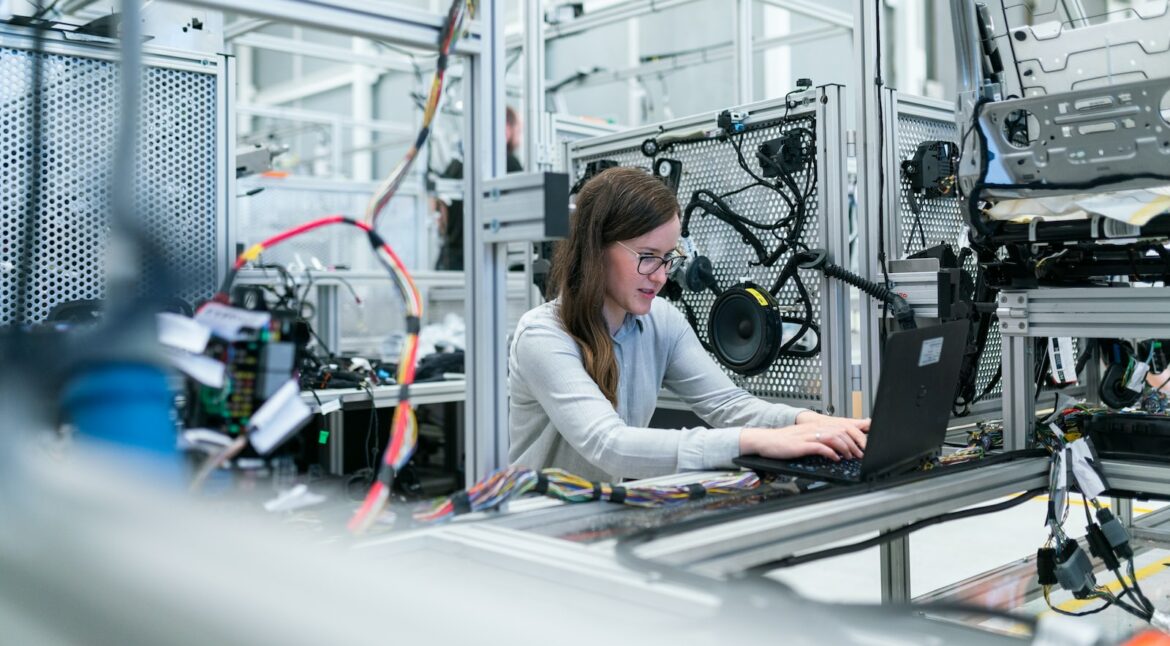Introduction:
Over the past decade, the global transportation industry has witnessed a swift transition towards clean and sustainable mobility solutions. In this context, Electric Vehicles (EVs) have emerged as a promising alternative to traditional combustion engine vehicles. To support the rising demand for EVs, the development of efficient and reliable power distribution systems is of paramount importance. One crucial element within this realm is EV busbar technology. This article explores the technical intricacies of EV busbars and their role in facilitating the electrification of transportation. Through a neutral lens, we delve into the key characteristics, advantages, and challenges associated with this cutting-edge technology.
Table of Contents
- Overview of EV Busbar Technology
- Advantages and Applications of EV Busbar Technology
- Innovations and Trends in EV Busbar Technology
- Recommendations for Implementing EV Busbar Technology
- Q&A
- The Conclusion
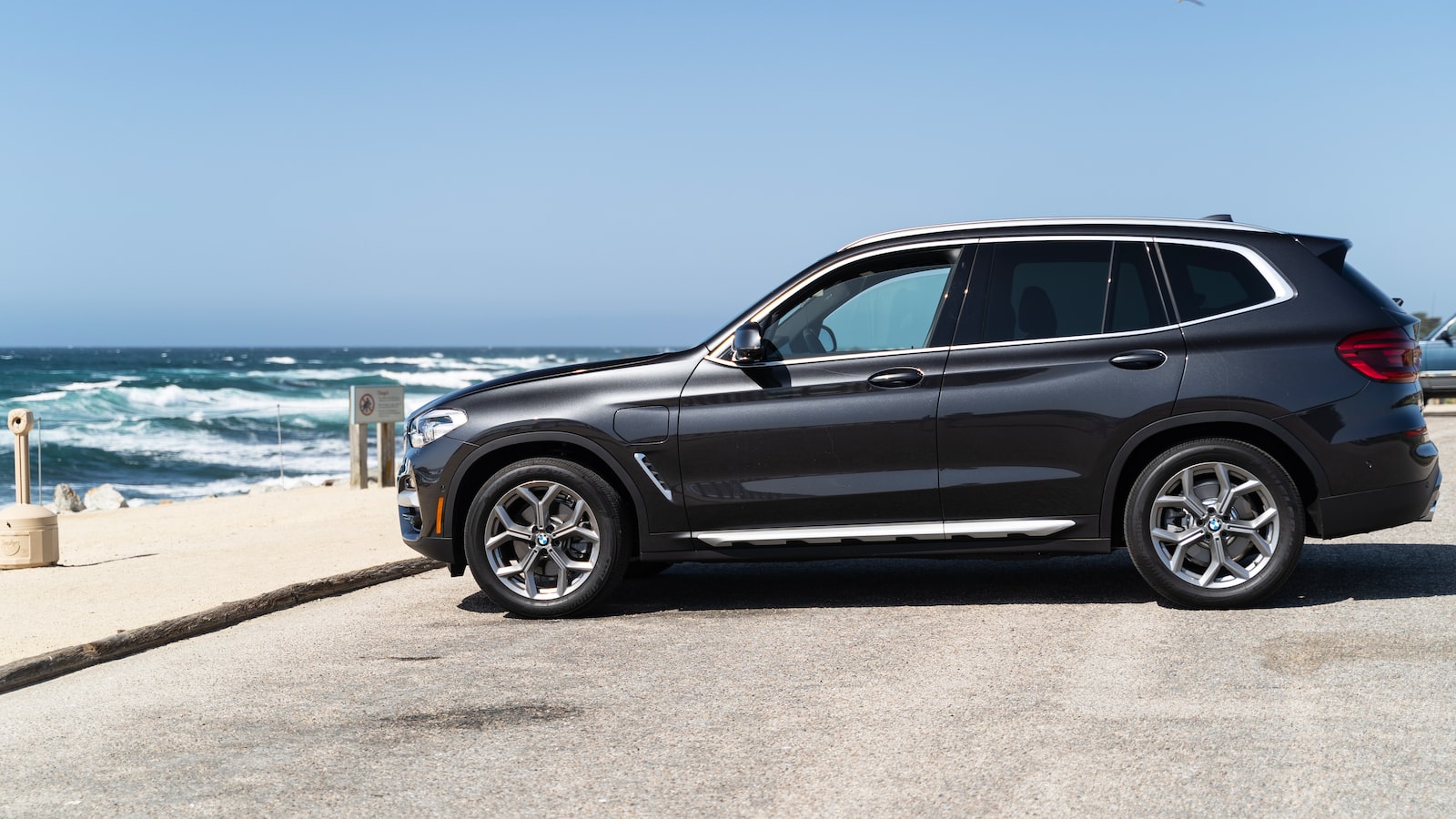
Overview of EV Busbar Technology
Advancements in EV busbar technology have revolutionized the electric vehicle industry, providing enhanced efficiency and performance. These innovative power distribution systems have replaced traditional wiring harnesses, offering numerous benefits such as increased power density, improved cooling capabilities, and reduced weight. By seamlessly integrating high-current electrical components within the vehicle, EV busbars ensure efficient power distribution, minimizing energy loss and enabling faster charging times.
One of the key advantages of EV busbar technology is its ability to handle high-power currents, allowing for optimal performance of electric vehicles. Compared to conventional wiring, busbars are designed to carry higher currents without experiencing significant voltage drops or overheating. In addition, busbars offer increased flexibility in terms of design, enabling manufacturers to create custom-shaped power distribution systems that maximize space utilization within the EV. This eliminates the need for excessive wiring, simplifying the overall electrical architecture and reducing manufacturing costs.
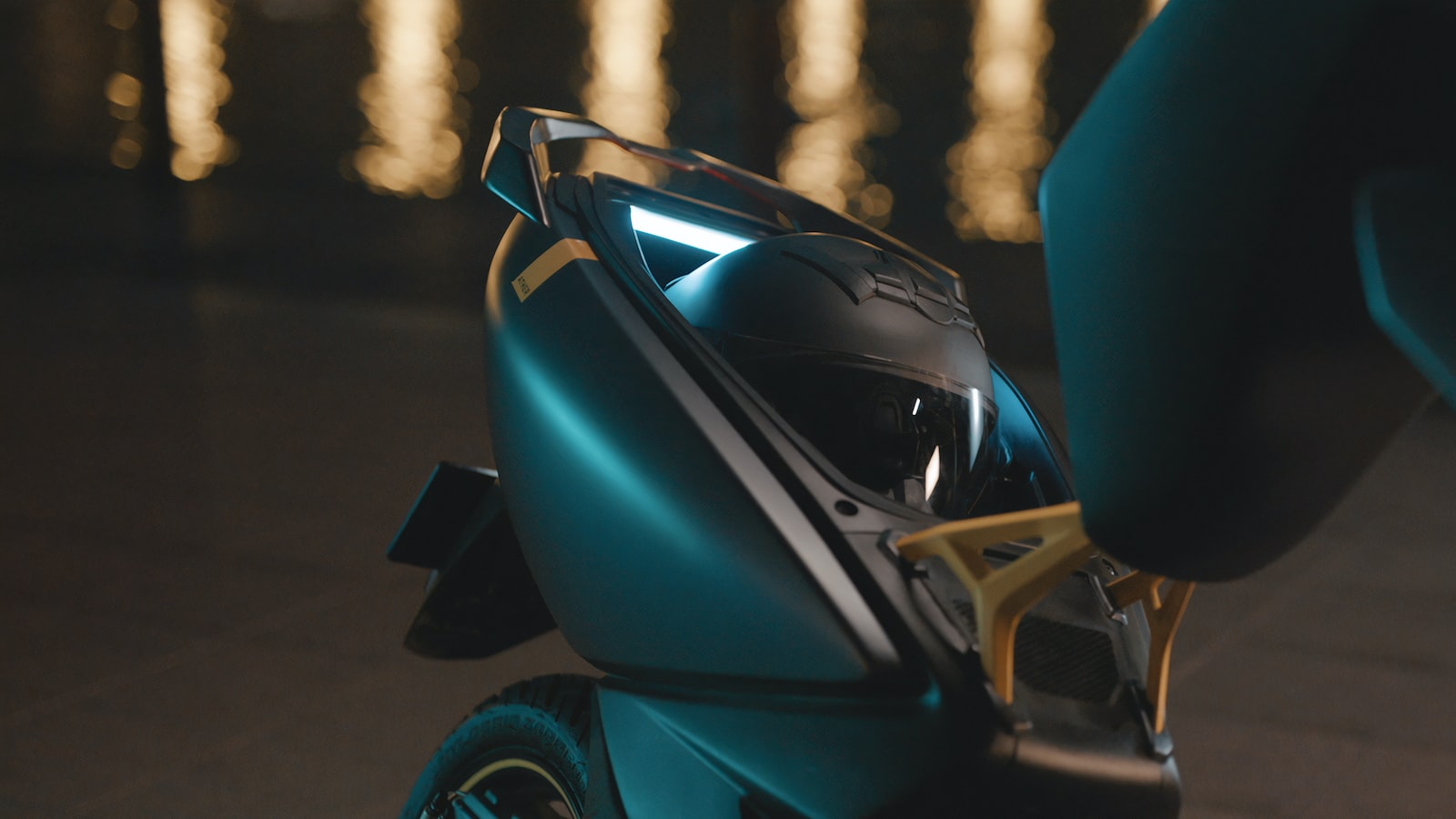
Advantages and Applications of EV Busbar Technology
The evolution of Electric Vehicle (EV) Busbar technology has brought significant advantages to the automotive industry. One major advantage is its compact design, which allows for more space utilization within EVs, making them more efficient in terms of interior layout. Additionally, the use of EV Busbars eliminates the need for multiple cables and connectors, reducing the overall weight and simplifying the electrical system. This simplification not only improves reliability but also enhances safety by minimizing the risk of loose connections or short circuits.
Another key advantage of EV Busbar technology is its ability to handle high current loads. Compared to conventional wiring systems, Busbars can effortlessly transmit large amounts of power, ensuring efficient energy distribution and reducing power loss during transmission. With their high current-carrying capacity, EV Busbars are well-suited for applications such as fast-charging stations, where rapid power transfer is essential. Furthermore, the use of Busbars in EVs enables modularity, allowing for easier scalability and the possibility of integrating different energy storage systems, such as batteries or fuel cells.
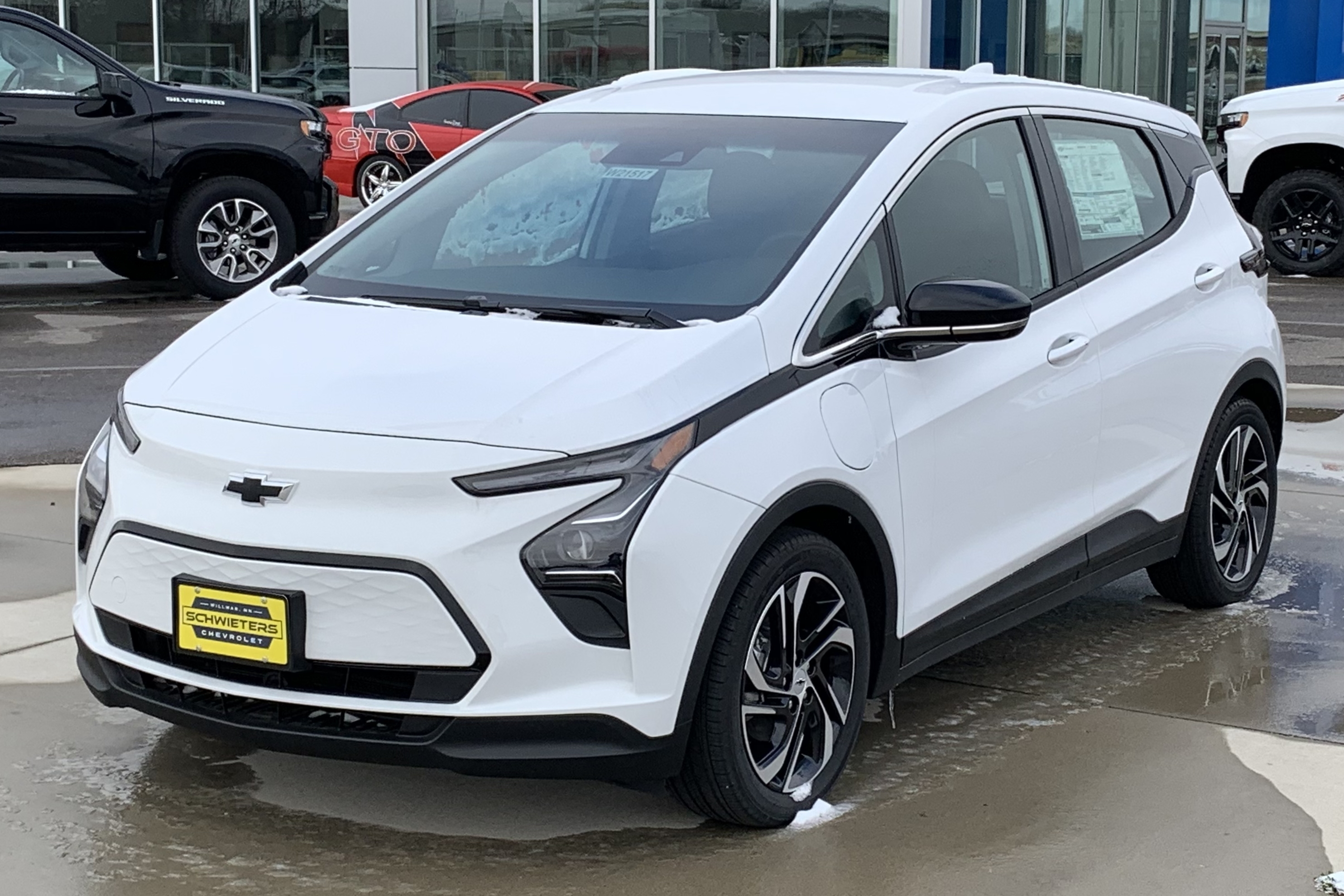
Innovations and Trends in EV Busbar Technology
In the rapidly evolving field of electric vehicle (EV) busbar technology, constant innovations and emerging trends are reshaping the way power is distributed within vehicles. With the goal of improving efficiency, reliability, and overall performance, engineers and researchers are exploring novel approaches and materials to optimize busbar design.
One key innovation in EV busbar technology is the use of composite materials. By combining different materials, such as copper and aluminum, with insulating polymers, busbars can achieve higher levels of conductivity while maintaining excellent electrical insulation. These composite busbars offer several advantages, such as reduced weight, improved thermal management, and enhanced resistance to mechanical stresses. Additionally, the use of composite materials enables the integration of power electronics directly into the busbars themselves, resulting in compact and space-saving designs.
- Another trend in EV busbar technology is the adoption of laminated busbars. These busbars consist of multiple layers of conductive material separated by insulating layers, creating a compact and efficient solution for power distribution. Laminated busbars offer improved power density, allowing for higher currents to be carried within a smaller footprint. Moreover, the use of specialized insulation materials ensures optimal electrical performance and reliable operation, even in demanding environments.
- Furthermore, the integration of smart technologies and sensors into EV busbar systems is gaining traction. By embedding sensors within the busbars, engineers can monitor various parameters, such as temperature and current flow, in real-time. This data can be used for predictive maintenance, identifying potential faults or overheating issues before they escalate. Additionally, smart busbars enable enhanced safety features, such as rapid shutdown mechanisms or fault detection, further improving the overall reliability of EV power distribution systems.
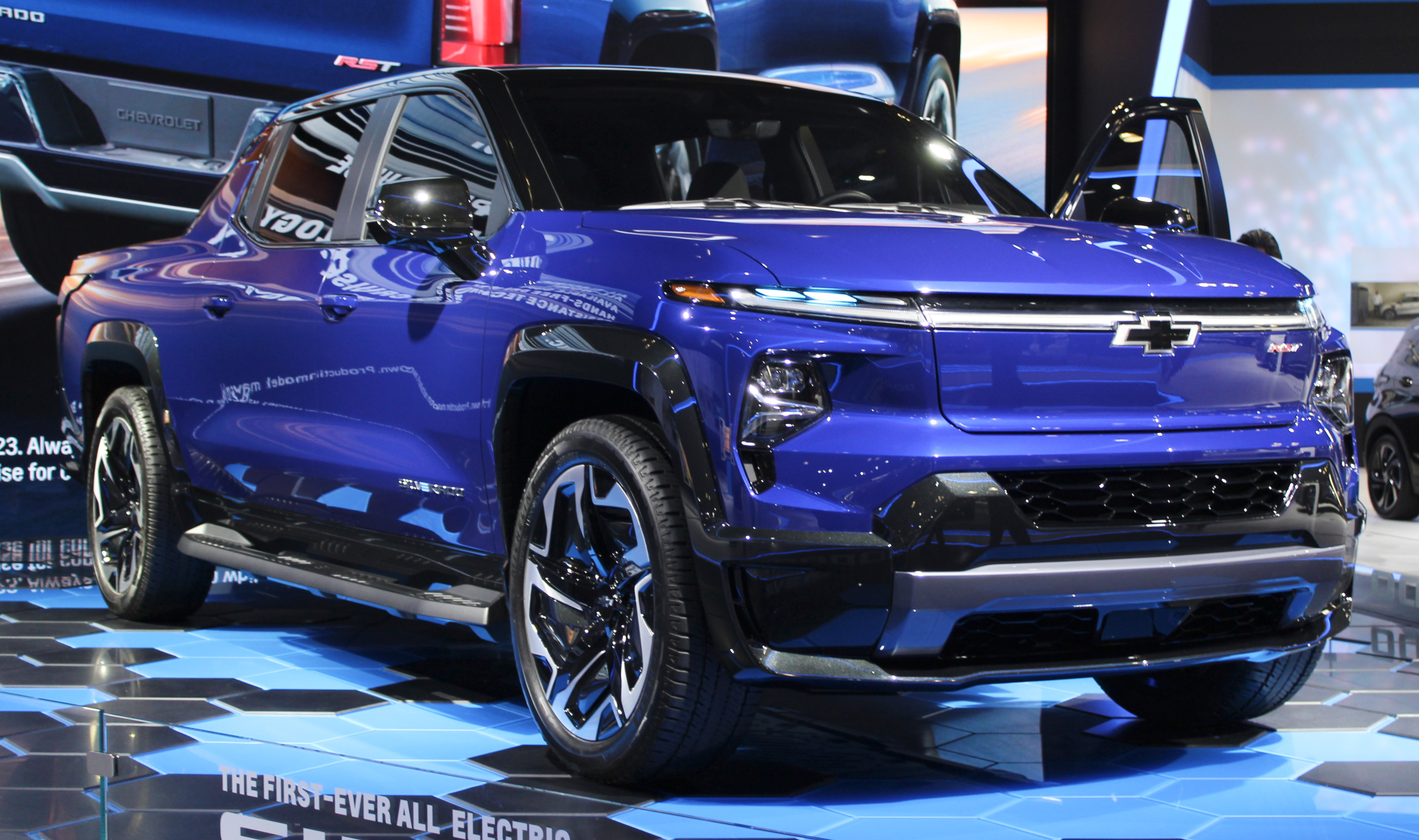
Recommendations for Implementing EV Busbar Technology
When it comes to implementing EV busbar technology, there are several key recommendations that can optimize the performance and efficiency of electric vehicle systems. Consider the following suggestions to ensure seamless integration and maximize the benefits of this innovative technology:
- Thorough System Analysis: Before implementing EV busbar technology, conduct a comprehensive analysis of your electric vehicle system. Identify potential areas for improvement and evaluate the specific requirements and constraints of your application.
- Design Considerations: Pay special attention to the design of the busbar system. Optimize the conductor material, layout, and cross-sectional area based on the expected current and voltage levels, ensuring compatibility with the power electronics and battery systems.
- Heat Dissipation: Efficient heat dissipation is crucial for successful implementation of EV busbars. Select appropriate cooling techniques such as liquid or air cooling to prevent overheating and ensure reliable operation of the busbar system.
- Reliability and Safety: Prioritize the reliability and safety of the busbar system. Implement protective measures such as insulation and shielding to minimize the risk of short circuits and electrical hazards.
Furthermore, consider incorporating monitoring and diagnostic features into the busbar system to enable real-time monitoring of performance parameters. This will facilitate early detection of abnormalities and help prevent potential system failures. Lastly, collaborate with experienced suppliers and manufacturers who offer reliable and high-quality EV busbar components to ensure long-term success of your electric vehicle system.
Q&A
Q: What is EV busbar technology?
A: EV busbar technology is a crucial component of electric vehicle (EV) systems, responsible for the efficient and safe distribution of power within the vehicle’s electrical architecture.
Q: How does EV busbar technology differ from traditional wiring systems?
A: Unlike traditional wiring systems that use bulky and rigid cables, EV busbars consist of flat metal bars or laminated sheets that allow for the easy and compact routing of power lines within the vehicle. They have higher current-carrying capacity and excellent thermal conductivity.
Q: What are the advantages of using EV busbar technology over traditional wiring?
A: EV busbar technology offers several advantages, including reduced weight, compactness, enhanced electrical efficiency, improved power density, and better thermal management. The use of busbars also leads to simplified assembly and decreased manufacturing costs.
Q: How does EV busbar technology contribute to the overall performance of an electric vehicle?
A: By efficiently distributing power and minimizing energy losses, EV busbar technology helps improve the overall performance and range of electric vehicles. It ensures a reliable and stable power supply to various vehicle components, such as the motor, battery, inverters, and auxiliary systems.
Q: How does the thermal management aspect of EV busbar technology work?
A: EV busbars are designed to have effective thermal conductivity, enabling them to dissipate heat efficiently. By minimizing hotspots and effectively conducting heat away from critical components, they contribute to the thermal management of the vehicle, enhancing safety and reliability.
Q: Are there any safety concerns related to EV busbar technology?
A: EV busbar technology is designed with safety in mind. With appropriate insulation and protection measures, it minimizes the risk of electrical faults, short circuits, and electrical shock hazards. Adequate design considerations and protective features are essential to ensure safe operation.
Q: Can EV busbar technology be customized to meet specific vehicle requirements?
A: Yes, EV busbars can be customized to fit specific vehicle layouts, electrical load requirements, and environmental conditions. Manufacturers can adapt their design, length, width, and material choices to meet the particular needs of the vehicle and optimize its performance.
Q: How do advancements in EV busbar technology impact the future of electric vehicle development?
A: Advancements in EV busbar technology play a significant role in enhancing the efficiency, power delivery, and overall performance of electric vehicles. As the technology continues to evolve, we can expect improved charging speeds, increased range, and innovation in the design and manufacturing of electric vehicles.
The Way Forward
In conclusion, the increasing adoption of electric vehicles (EVs) has led to the development of advanced technologies, one of which is EV busbar technology. This innovative solution offers several advantages over conventional wiring methods, such as improved high-power transmission, reduced energy losses, and enhanced overall system performance.
With its compact design and efficient thermal management capabilities, EV busbars are not only space-saving but also ensure optimal heat dissipation, contributing to the longevity and reliability of EV systems. By integrating power distribution and current-carrying functions into a single component, these advanced busbars simplify the manufacturing process and enable automakers to optimize vehicle design and compartment space utilization.
Moreover, the modularity of EV busbar technology enables scalability and flexibility in electric vehicle production. This allows for easy customization and adaptation to suit various vehicle sizes, power requirements, and future technological advancements. As the EV market continues to expand, the demand and applications for EV busbars are expected to grow significantly.
The evolution of EV busbar technology is revolutionizing the electric mobility sector, opening up possibilities for more efficient, sustainable, and reliable transportation. As manufacturers continue to innovate and refine this technology, the future of electric vehicles looks promising.

